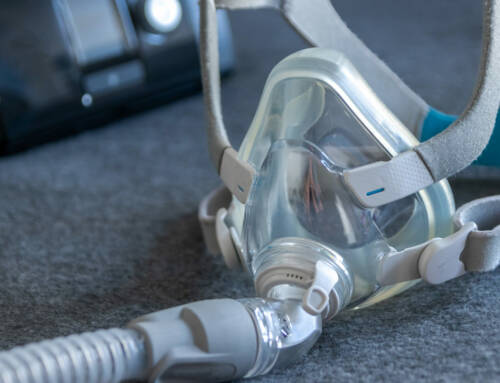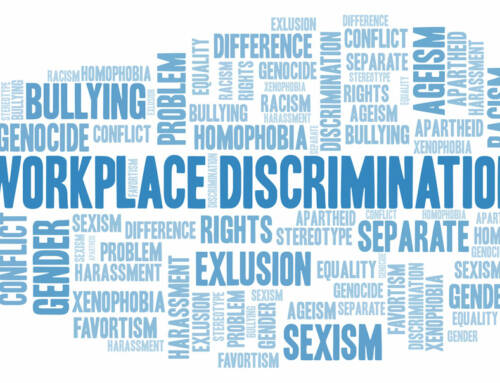Glenn Chin said he felt morally responsible for a 2012 fungal meningitis outbreak which killed twenty-five people.
Court documents state that unsanitary conditions in a clean room primarily caused the outbreak. Prosecutors also say that Chin falsified test results, used expired ingredients, shipped untested drugs, and concealed reports about laboratory conditions. Chin admitted he took “shortcuts I knew were wrong.”
“I feel responsible for what happened because I made the drugs that made so many people terribly sick, including those who have died,” he added.
Massachusetts U.S. District Judge Richard Stearns initially sentenced Chin to eight years in prison. Judge Stearns extended that sentence to ten-and-a-half years after Chin’s partner in crime, New England Compounding Center founder Barry Cadden, received a fourteen-and-a-half year sentence. Both men await trial for second degree murder charges in Michigan.
Duty of Care
Legally, most individuals have a duty of reasonable care. This responsibility comes from the neighbor principle, which in turn comes from the Golden Rule.
Because of their advanced education, and more importantly because patients depend on them completely, most medical professionals have a fiduciary duty. That’s the highest level of legal responsibility in New York.
The standard of care often comes into play as well. For example, if Tom breaks his arm, the doctor must examine Tom, run tests, like an X-ray, and set his broken bone. Similarly, pharmaceutical companies must ensure that their clean rooms are actually clean. If there is a breach of duty, and that breach causes injury, the tortfeasor (negligent actor) could be liable for damages.
Examples of Medical Malpractice
Unsanitary conditions at drug production facilities are just one possible issue in this area. Medical misdiagnosis is a much more common occurrence. Doctors initially misdiagnose as many of 20 percent of patients with serious conditions, such as:
- Cancer: The cancer misdiagnosis rate might be even larger than the overall misdiagnosis rate. To most doctors, cancer is a genetic or lifestyle condition. So, if the patient does not “fit the profile,” cancer might not be on the doctor’s radar. Cancer survival rates have greatly improved since the 90s, but an early diagnosis is usually the key to successful treatment.
- Heart Disease: Roughly the same lifestyle and genetic factors apply regarding vascular conditions. Only old people have strokes, only people with high triglyceride levels have heart problems, and so on. Furthermore, many of these victims don’t have signature symptoms. For example, many women heart attack victims don’t have intense chest pains.
- Infection: In many ways, infection is the anti-lifestyle and genetic illness. Frequently, there are no red flags or other warning signs. Furthermore, unless the patient has a pre-existing condition, many infections are not very serious.
Lack of information usually compounds these problems. If a doctor does not run a full battery of tests, they may not have a full picture. They could believe an insurance company will not pay for them. In other cases, a doctor over-relies on a technician or nurse to review and interpret results.
Anesthesiology errors are another example. There is very little margin for error in this area. If the doctor administers a little too much medicine, the patient might not wake up. Too little, and the patient might wake up too quickly. Doses must be tailored to individual needs. There is no one-size-fits-all when it comes to anesthesia.
Resolving a Damage Claim
Establishing the standard of care and establishing a breach of care are usually the most important elements of a medical malpractice claim. Since these cases are normally straightforward and the duty of care is normally high, many of these claims settle out of court.
Some claims settle almost immediately. That’s usually true in extreme cases which involve no questions about liability and extremely severe injuries. These cases are few and far between.
Much more commonly, these claims settle during mediation. This alternative dispute resolution method is about 90 percent successful, mostly because the parties have a duty to negotiate in good faith and a judge supervises the process.
Basically, “good faith” means that both sides must honestly want to settle the case. There is no going through the motions. “Good faith” also means that both parties are willing to make some sacrifices. Stubbornly clinging to the company line is not a good faith negotiating posture.
Judicial supervision is important as well. A judge can make it very clear that s/he is very disappointed if the parties don’t work out their differences. No one wants to have a conversation with a judge after mediation fails.
Medical malpractice victims could be entitled to substantial compensation. For a free consultation with an experienced personal injury attorney in New York, contact Marie Napoli.






